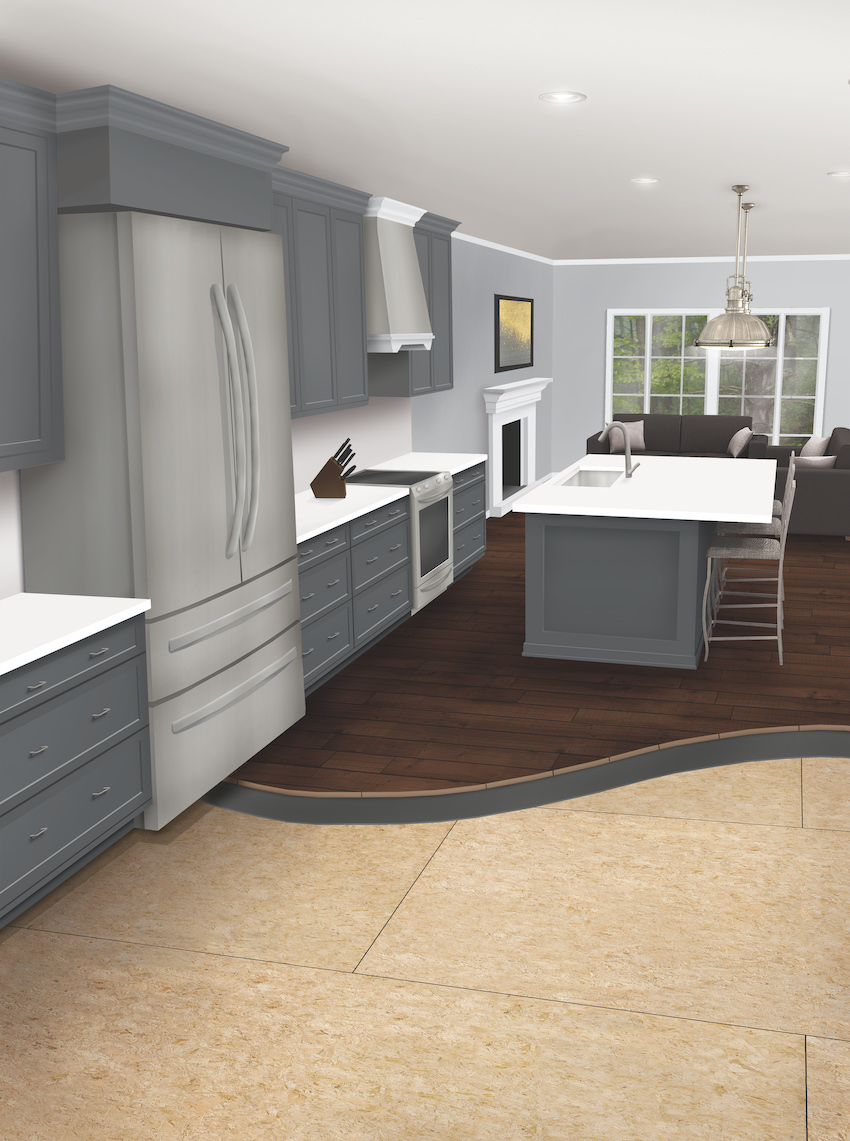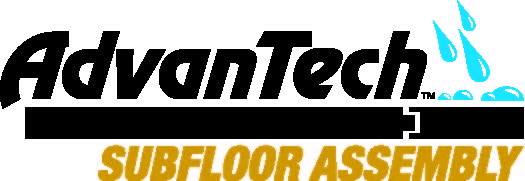The Building Science of Floor Systems
Learning Objectives:
- Identify and recognize the health and safety issues of moisture and vapor drive in wood framed floor assemblies, particularly over crawl space foundations.
- Investigate the building code requirements and exceptions related to crawl space design, ventilation, and protection of the structure.
- Assess the characteristics of subflooring and finish flooring materials that can contribute to moisture and vapor issues in a wood floor assembly.
- Review best practices and identify solutions as found in building projects that incorporate the principles presented for successful, safe floor construction.
Credits:
This course is approved as a Structured Course
This course can be self-reported to the AANB, as per their CE Guidelines
Approved for structured learning
Approved for Core Learning
This course can be self-reported to the NLAA
Course may qualify for Learning Hours with NWTAA
Course eligible for OAA Learning Hours
This course is approved as a core course
This course can be self-reported for Learning Units to the Architectural Institute of British Columbia
All of the same moisture and vapor drive dynamics that occur in wall assemblies can also take place in a wood framed floor assembly, especially over a crawl space. This course will take a closer look at the building science of vapor drive that can lead to moisture issues in wood floor assemblies when proper sequencing of materials to allow drying is not accounted for in design. It will address the use of some of the most common construction and material options in wood-framed flooring assemblies. It will also look at some guidelines and best practices to help reduce the likelihood of developing problems over the life of the building.

Image Courtesy of Huber Engineered Woods

|
As manager of Huber Engineered Woods’ Product Engineering Team, Nick Robertson is a technical resource providing consulting to contractors on the jobsite, as well as architects and engineers in regards to how HEW products can be incorporated into their design to meet local building codes. Since graduating with a Bachelors of Science in Wood Science and Technology and a Bachelors of Science in Forestry, he has held positions in quality assurance and technical product support for HEW. |













